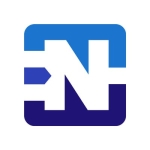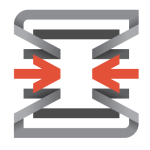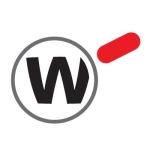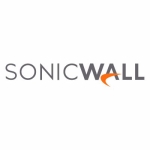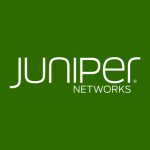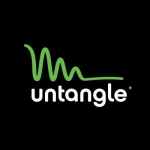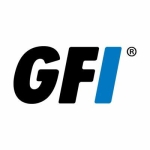What is our primary use case?
We are using the Check Point firewall for our perimeter security.
The security solution works as well on-premise and in the Azure Cloud. We are using central management to configure the security policy of both gateways.
We are also using a Site2Site VPN for connecting our locations. This VPN is also realized with the same firewall systems.
In order to simplify the process of generation reviews of actual security incidents, we have implemented SmartReport for generating automated and special customized security reports for our documentation department.
How has it helped my organization?
Since the security policy of all firewall gateways can be defined centrally on the Check Point firewall management server, it is a lot easier to generate a secure and safe policy for all locations.
Since we can define policy operators for dedicated traffic selections, some of the lower IT staff can easily allow or block services or servers or create their own policy without interfering or compromising the rest of the security policy.
This makes the administration and coordination of the policy a lot easier for us
What is most valuable?
Since the log files of all services are collected on the management server there is an easy and good view of all actual connections, attacks, or security risks.
In addition, when using the SmartEvent software blade, you get the possibility to have an easy to configure event correlation system, which will automatically fire mail alerts or can even block IP addresses if there are network or security anomalies detected on the firewall system.
This is also possible if the services are allowed - for example, if there are flooding attacks on server systems.
For example, this has prevented our Citrix Netscaler from being taken down during attacks.
What needs improvement?
Although there is a lot of automation and pattern that can be classified automatically, the IPS systems are sometimes a little bit complicated, and doing the fine-tuning in over 20,000 patterns is hard to do. This has been improved in the last versions, however, it can still be made a little bit better.
For example, the automatic classification of which pattern should be activated is very simple yet lacks some special configuration options (for example if you want to have more than one classification pattern for the activation).
The HTTPS inspection is very tricky, too. Since there are a lot of applications that are using certificate pinning, most of the SSL traffic (especially to the big cloud provider) must pass without inspection.
Since attackers also use these clouds, there is a problem in getting your security definitions to work.
Of course, this is not a Check Point-specific problem and rather a problem in the HTTPS inspection itself.
There is the need to know which sites are accessed by our staff and to get the visited URLs, to get the internal security policy working. The SSL classification feature of Check Point is a good intention, yet not as good as needed.
Buyer's Guide
Check Point NGFW
April 2025
Learn what your peers think about Check Point NGFW. Get advice and tips from experienced pros sharing their opinions. Updated: April 2025.
848,716 professionals have used our research since 2012.
For how long have I used the solution?
I've used the solution for more than ten years.
What do I think about the stability of the solution?
We do not have any problems with stability.
What do I think about the scalability of the solution?
There is a hardware solution for every type of throughput. It is very good that in the datasheets you get the throughput of the different types of network traffic.
It is better not to choose solutions bigger than needed, or to have some resources left over.
How are customer service and support?
Most of the support calls are answered very quickly. However, if you have a problem and you have to get development involved, the response gets slower.
Most of the time, you will find all necessary information in the Support Center or on the collaboration sites.
How would you rate customer service and support?
Which solution did I use previously and why did I switch?
We were using Cisco firewalls before. We had the need to implement Universal Threat Protection and the configuration of the Firepower system of Cisco was more complicated than the integrated policy configuration of Check Point.
How was the initial setup?
The setup is straightforward. The documentation is very good.
What about the implementation team?
We have implemented it completely in-house.
What was our ROI?
ROI is really hard to pinpoint. However, if we were using another security solution, our personal efforts to maintain it would double.
What's my experience with pricing, setup cost, and licensing?
It is very hard to compare different firewall solutions and get a comparable price. Check Point tends to be very expansive, however, if you have a deeper look at other vendors, the costs are almost the same.
Due to the good integration and central management, Check Point is easier to maintain than other solutions.
In addition, there are good small office boxes from CheckPoint with a very good price - the features of these boxes are enough for small enterprises or branch offices.
Which other solutions did I evaluate?
We have evaluated Cisco Firepower and the FortiGate firewall solutions in the past.
Which deployment model are you using for this solution?
Hybrid Cloud
Disclosure: I am a real user, and this review is based on my own experience and opinions.





